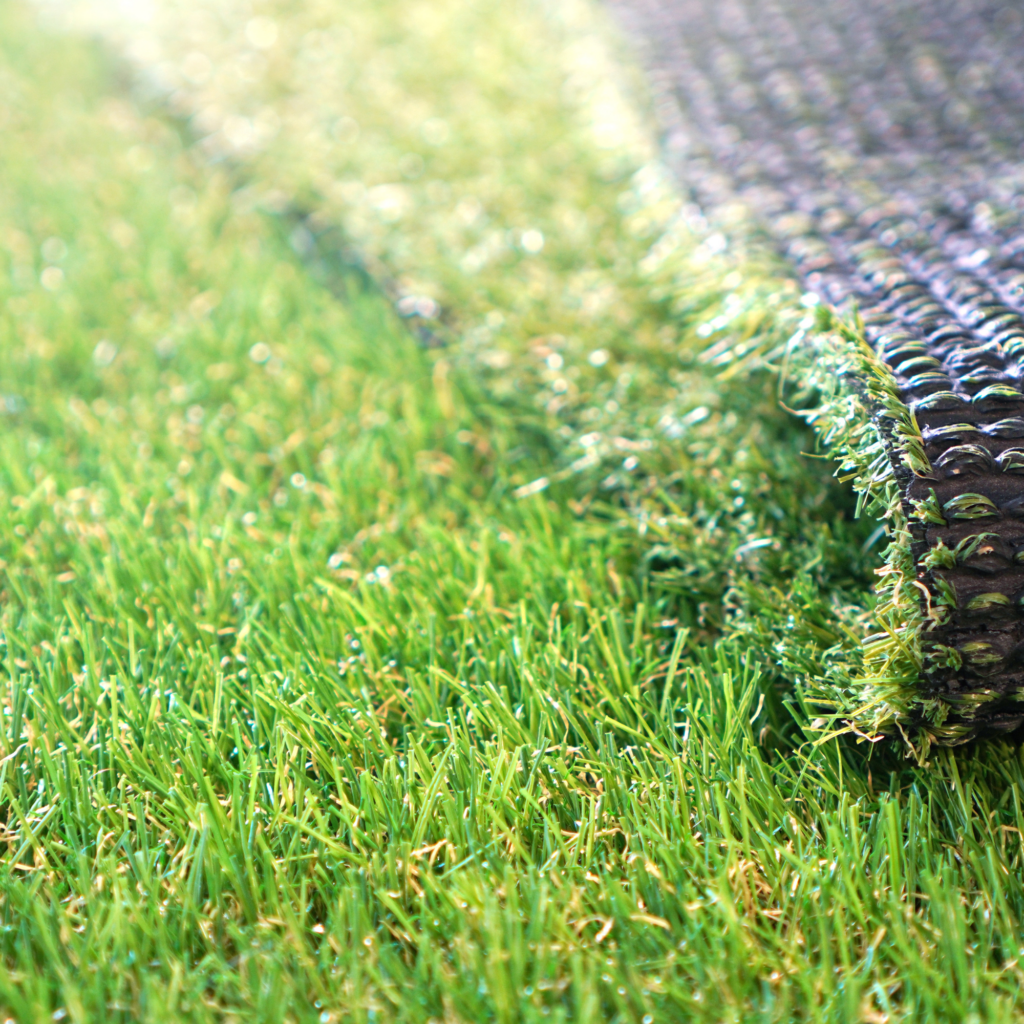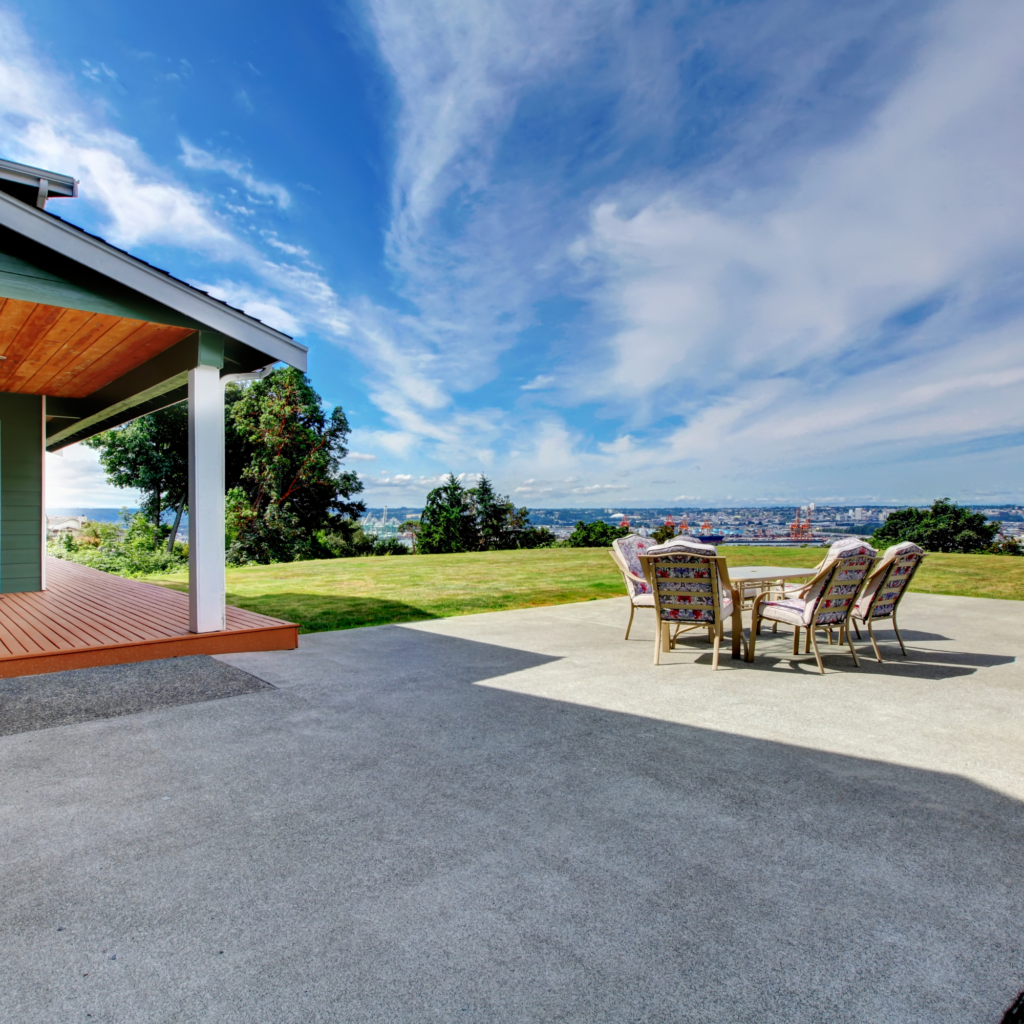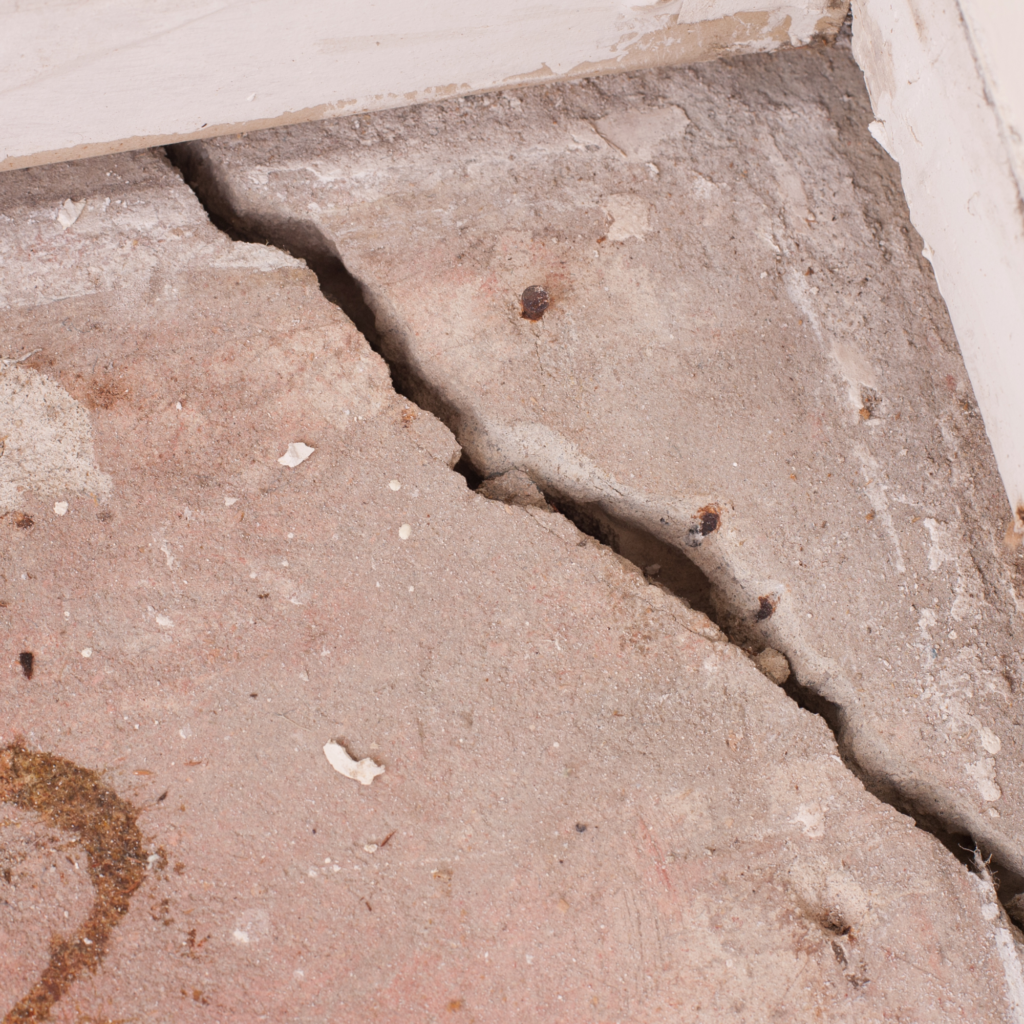When investing in artificial turf, it’s important to make an informed decision. By asking the right questions, you can ensure that the turf you choose aligns with your needs, budget, and expectations.
Below, we dive into the 8 essential questions to consider before buying artificial turf, providing insights and guidance to help you make the best choice for your outdoor space.
1. What Is the Turf Made Of?
Understanding the materials used in artificial turf is crucial for determining its quality, durability, and safety. Different materials offer unique benefits, so knowing what you’re getting is key.
- Is the turf made from polyethylene, polypropylene, or nylon?
- Are the materials non-toxic and lead-free?
- Does the turf include UV protection to prevent fading?

High-quality materials are essential for the durability and functionality of artificial turf. Turf made from premium materials like polyethylene or polypropylene provides a soft yet resilient surface that closely mimics the look and feel of natural grass. These materials are highly resistant to wear and tear, making them suitable for areas with heavy foot traffic, such as backyards, playgrounds, or pet zones.
Additionally, selecting turf that is non-toxic and lead-free ensures it is safe for everyone, including children and pets, to enjoy without worry. These features are especially important for families with young kids who play on the turf or pets who might come into close contact with it.
2. What Is the Pile Height and Density?
Pile height and density significantly impact the look, feel, and functionality of artificial turf. These factors determine how the turf performs under different conditions.
- What is the ideal pile height for my intended use (e.g., backyard, sports area, pet zone)?
- How dense is the turf, and does it mimic the natural look of grass?
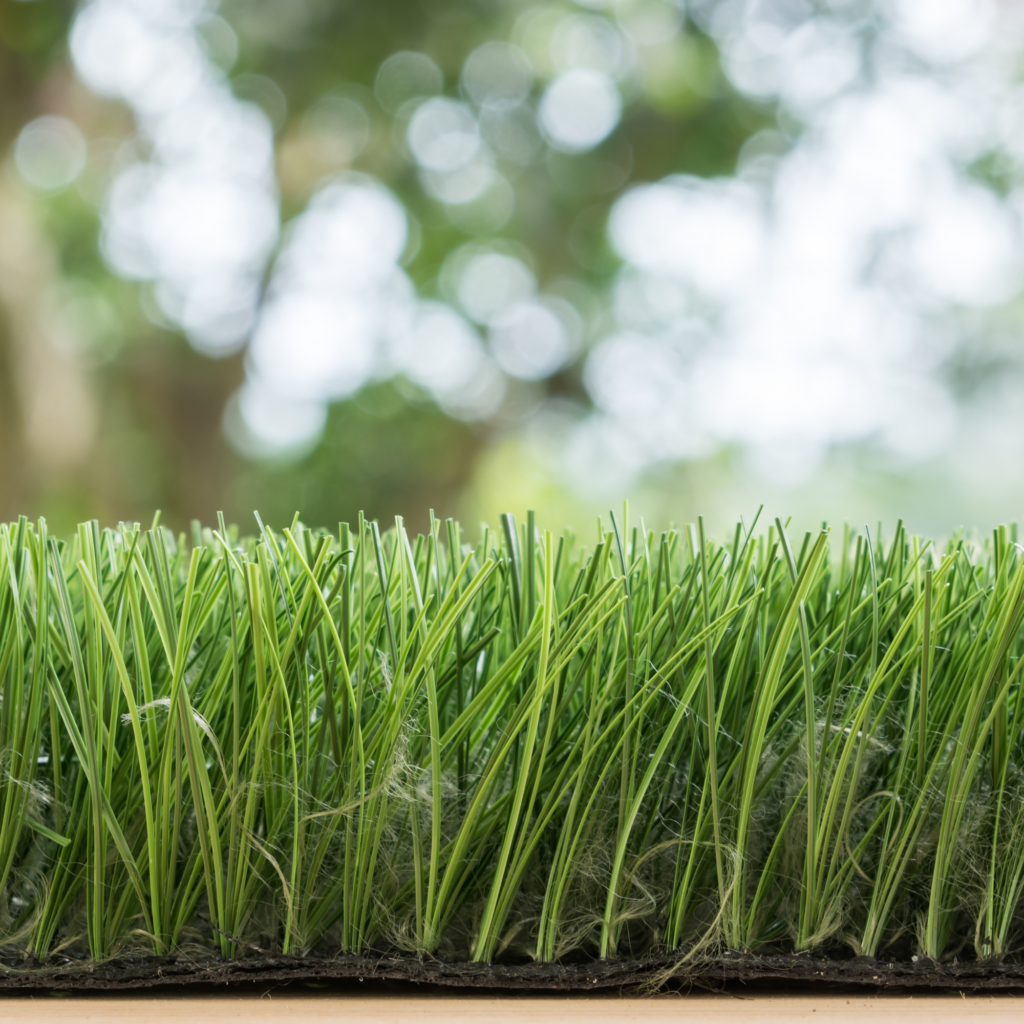
Pile height and density play a crucial role in the functionality and appearance of artificial turf. Taller pile heights—typically ranging from 1.5 to 2 inches—create a lush, natural look that closely resembles a well-manicured lawn.
This type of turf is ideal for residential backyards, poolside areas, or decorative spaces where aesthetics are the primary concern. The longer blades provide a soft, cushiony feel underfoot, making them perfect for relaxing or hosting outdoor gatherings.
On the other hand, shorter pile heights, often less than 1.5 inches, are better suited for high-traffic areas or sports applications. They offer increased durability and require less brushing to maintain their upright appearance.
Shorter blades are also easier to clean and are less likely to flatten under consistent use, making them an excellent choice for spaces where function outweighs form, such as playgrounds, pet zones, or athletic fields.

3. How Does the Turf Handle Drainage?
Effective drainage is essential for preventing water pooling and maintaining a clean, odor-free surface.
- Does the turf have a perforated backing for drainage?
- How much water can the turf drain per hour?
Good drainage is essential for maintaining the usability and cleanliness of artificial turf, regardless of weather conditions or pet activity.
A well-designed turf system includes a perforated backing that allows water to pass through efficiently, ensuring that rainwater or pet waste does not pool on the surface.

Efficient drainage also helps combat issues related to stagnant water. Without a way to expel moisture, water trapped within the turf can become a breeding ground for bacteria, mold, and unpleasant odors, especially in warm climates.
For pet owners, good drainage is vital to ensure that urine or spilled water does not accumulate, reducing the risk of lingering smells or unsanitary conditions.
By investing in turf with an effective drainage system, you can maintain a fresh, odor-free outdoor space that is both hygienic and inviting.
4. Is the Turf Suitable for Pets and Kids?
If you have children or pets, it’s important to choose turf that is safe, durable, and easy to clean.
- Is the turf non-toxic and antimicrobial?
- How well does it handle pet waste and cleaning?
- Is it soft enough for children to play on?
When choosing artificial turf for homes with pets and kids, prioritize safety, comfort, and ease of maintenance. Look for non-toxic, lead-free materials and soft blades for a safe, comfortable play surface. Cushioned backing adds shock absorption for active play areas.
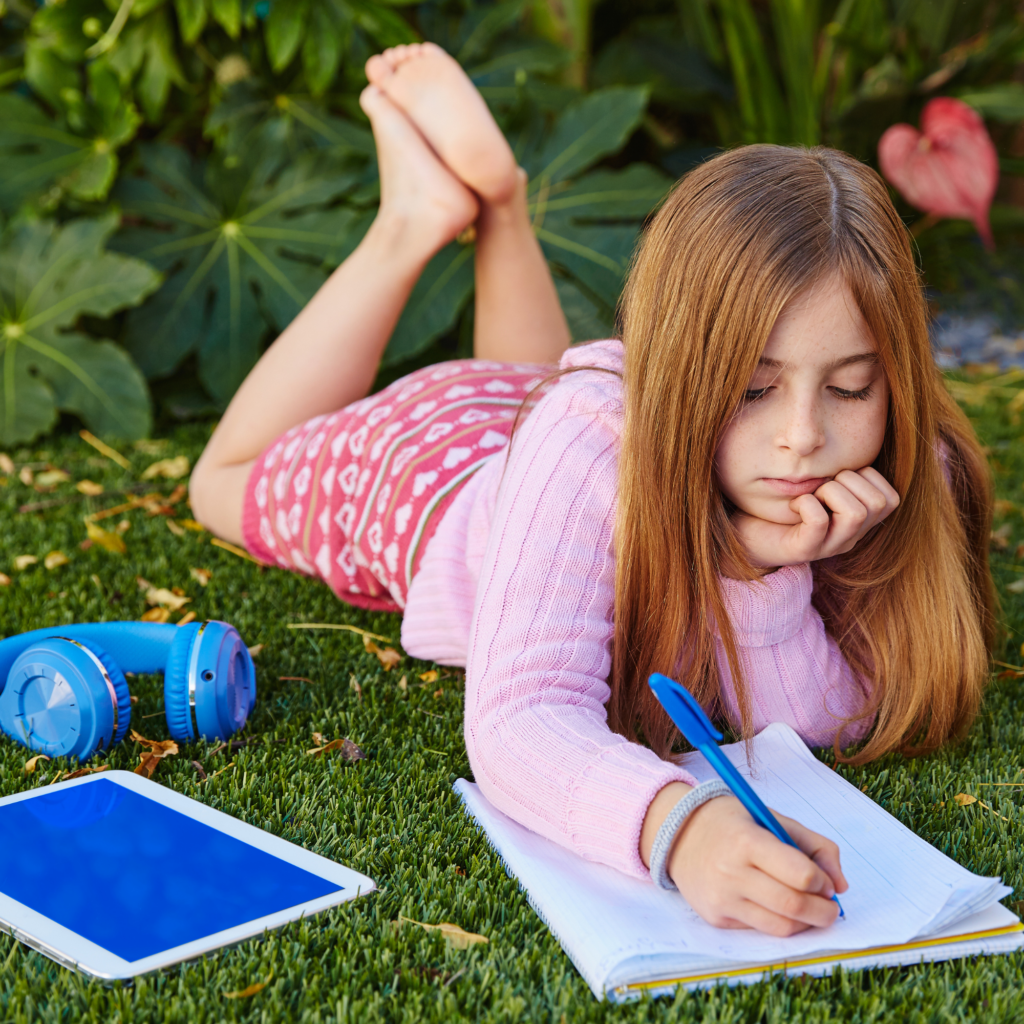
Turf with antimicrobial protection minimizes odors and bacteria, making it ideal for pet owners. Efficient drainage systems ensure urine and water flow through easily, keeping the surface clean and fresh. With these features, you can create a safe, low-maintenance outdoor space the whole family—including furry friends—will enjoy.
5. What Maintenance Is Required?
Artificial turf requires less upkeep than natural grass, but it’s not completely maintenance-free.
- How often should the turf be cleaned?
- What tools or products are needed for maintenance?
- Are there warranties covering wear and tear?
Regular brushing prevents matting, while rinsing removes dirt and pet waste. Clearing debris with a rake or blower maintains a tidy appearance.
Though minimal compared to natural grass upkeep, these tasks ensure your turf stays in excellent condition for years, offering a beautiful, low-maintenance outdoor space.
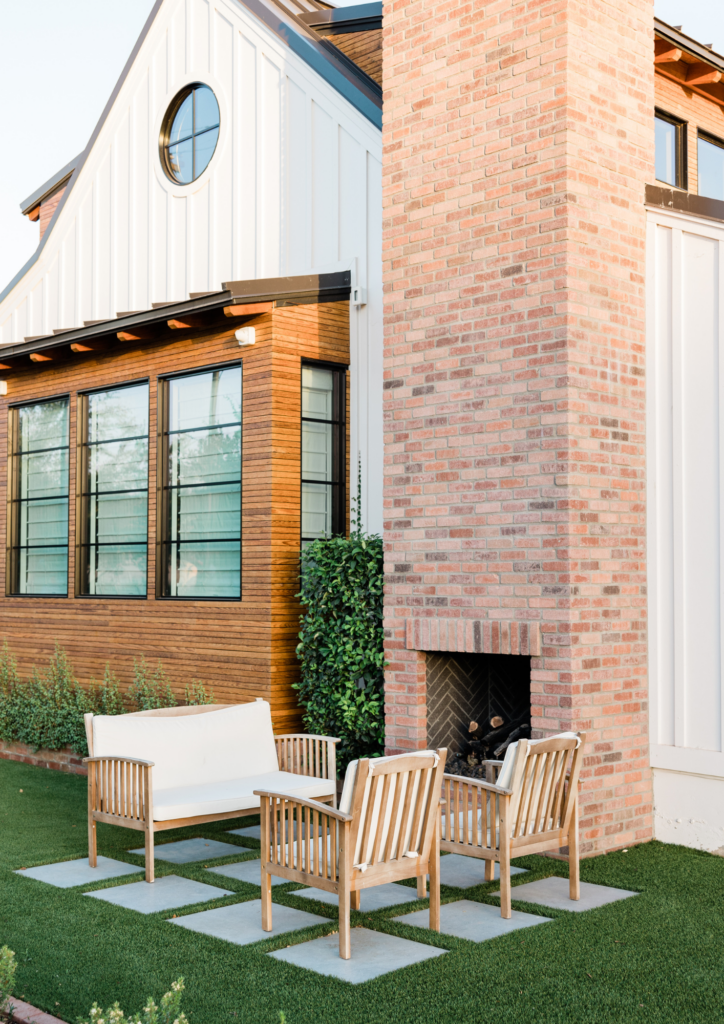
6. How Long Does the Turf Last?
Longevity is a critical factor when investing in artificial turf.
- What is the expected lifespan of the turf?
- Does the manufacturer offer a warranty?
High-quality turf can last 10–20 years, but this depends on usage, material, and maintenance. A good warranty provides peace of mind.
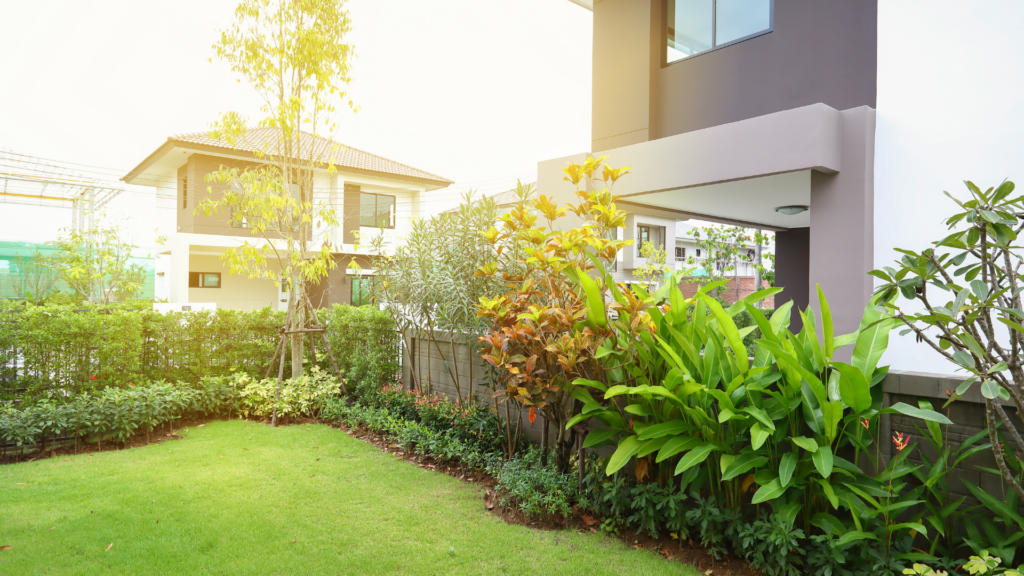
7. What Are the Installation Options?
Proper installation is essential for a flawless finish and optimal performance.
- Is professional installation recommended, or can I DIY?
- What is the cost of installation?
- What steps are included in the installation process?
The choice between professional installation and DIY depends on your budget, skills, and project complexity. Professionals ensure proper preparation, drainage, and seam placement, resulting in a polished, durable finish, often backed by warranties.
DIY can save money for smaller projects and be rewarding for skilled homeowners. However, it requires careful planning to avoid mistakes that could affect durability and appearance. For larger or complex projects, professional expertise is often the better option.
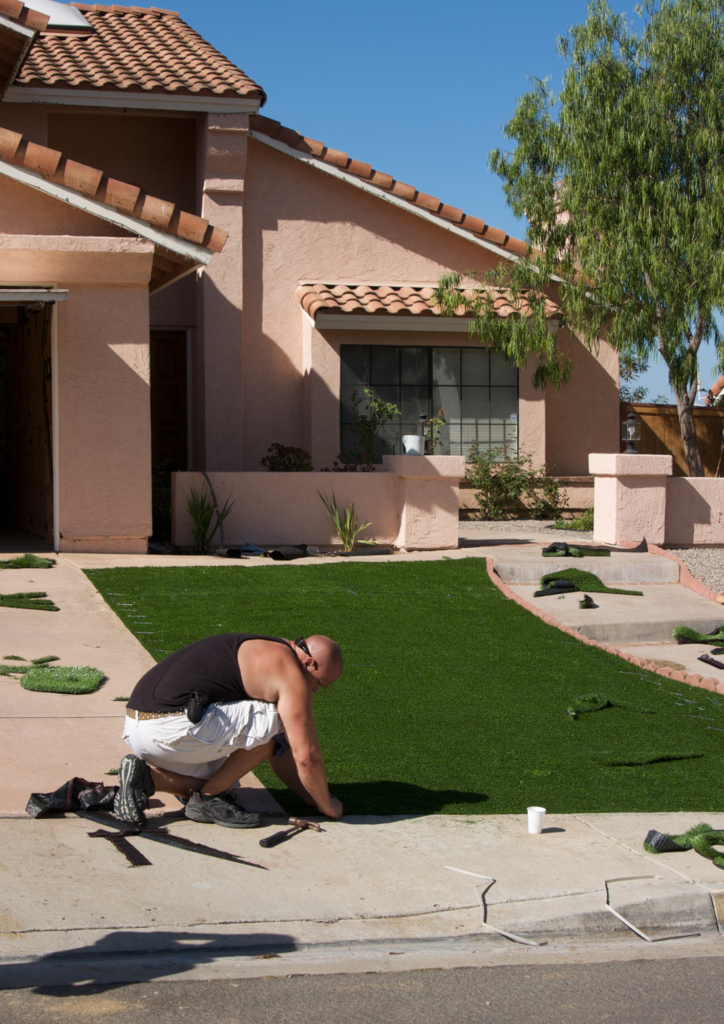
8. Is the Turf Eco-Friendly?
Many homeowners want an environmentally friendly option for their outdoor space.
- Is the turf recyclable?
- Does it help reduce water usage?
Eco-friendly artificial turf offers a sustainable solution for homeowners looking to reduce their environmental impact. Many modern turf products are designed with recyclable or partially recycled materials, allowing them to be repurposed at the end of their lifespan rather than contributing to landfill waste.
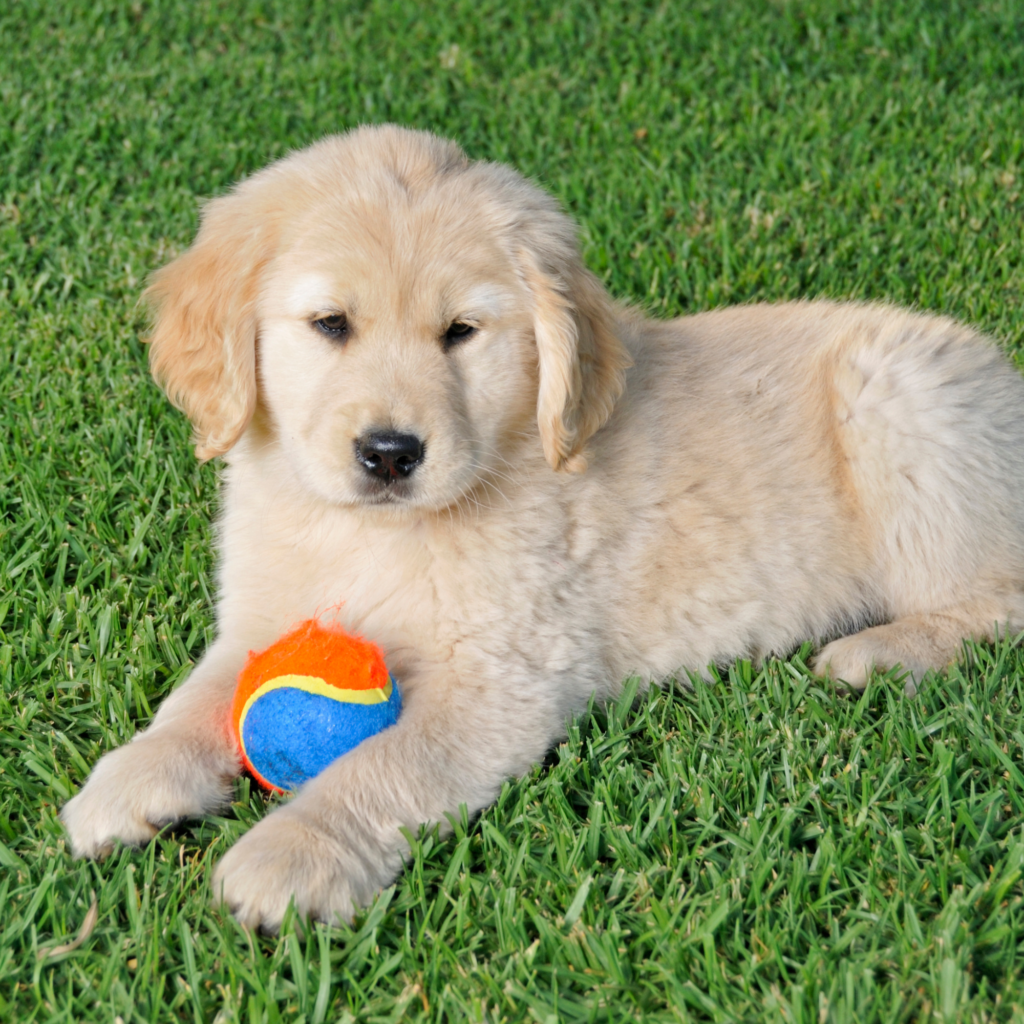
Some manufacturers even produce turf using sustainable practices and eco-conscious materials, further minimizing their carbon footprint. With no need for constant watering to maintain its lush appearance, turf helps conserve one of the planet’s most valuable resources, especially in drought-prone regions. By choosing eco-friendly artificial turf, you can enjoy a beautiful, low-maintenance yard while supporting environmental sustainability.
In Conclusion: By asking these 8 questions before buying artificial turf, you can ensure that your choice meets your needs, fits your budget, and creates the outdoor space of your dreams. Take the time to evaluate your options and consult with trusted professionals for the best results!

